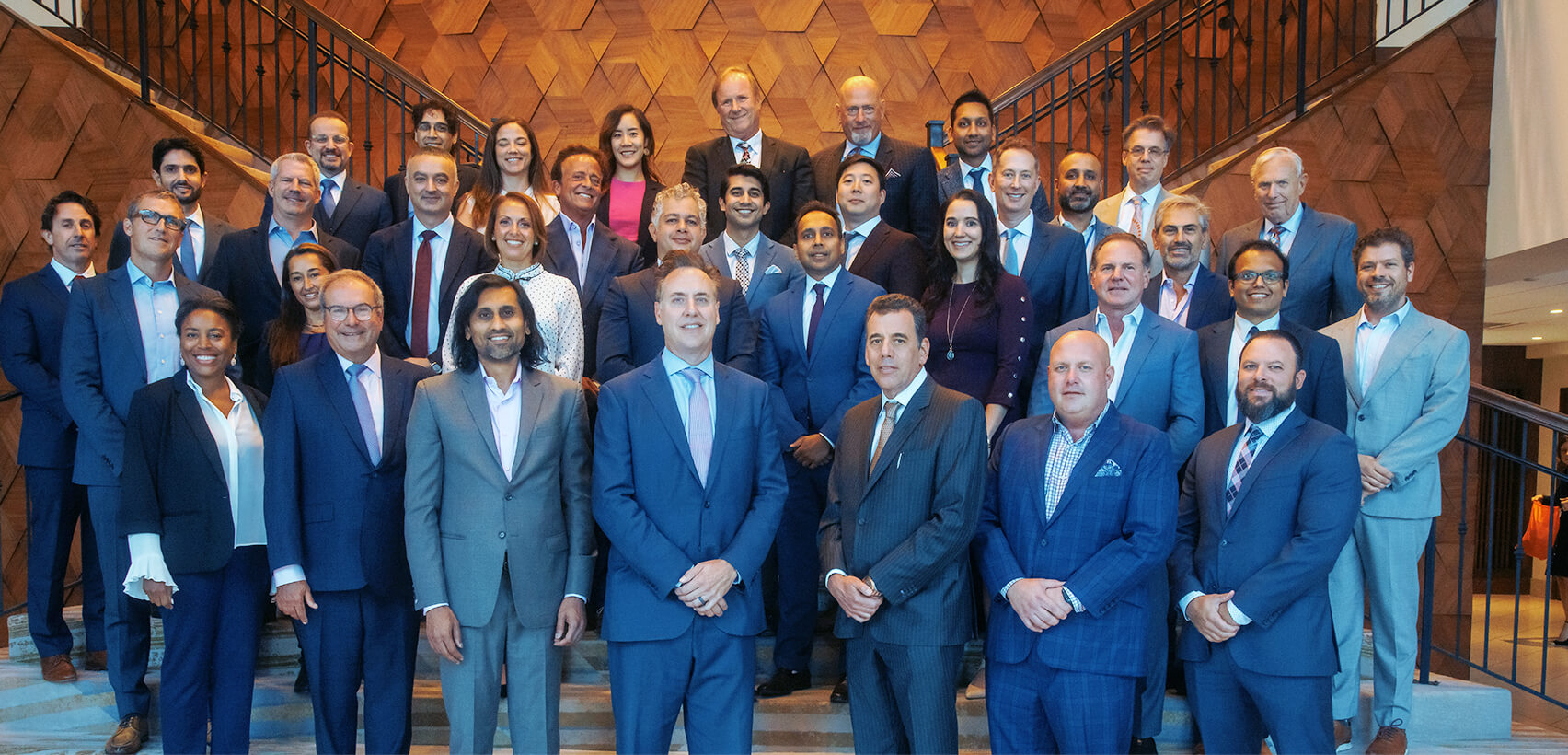Liposuction vs Abdominoplasty: Which is the Better Option for Me?

When it comes to addressing unwanted body fat and achieving a more sculpted physique, liposuction and abdominoplasty or “tummy tuck,” are two popular and effective options.
While both procedures can dramatically improve your body contour, it’s important to note that they address different concerns,” shares Russell Ashinoff, MD, FACS, a board-certified plastic surgeon at The Plastic Surgery Center.
What is Liposuction?
Liposuction is a popular cosmetic surgical procedure designed to remove excess fat deposits from specific areas of the body, which helps to sculpt and refine an individual’s silhouette. This minimally invasive technique involves using a thin, hollow tube or cannula – to suction out stubborn fat cells that are resistant to diet and exercise. Liposuction is typically used to treat areas like the abdomen, hips, thighs, buttocks, arms, and neck. According to Dr. Ashinoff, this procedure can effectively address localized fat pockets that can be difficult to eliminate through lifestyle changes alone.
Benefits of Liposuction
Benefits of liposuction include:
- Improved body contour and proportions
- Targeted fat removal from specific problem areas
- Boost in self-confidence and body image
- Relatively quick recovery time compared to more invasive procedures
- Long-lasting results when combined with a healthy lifestyle
- Can be performed on multiple areas of the body in a single session
- Versatile procedure that can be combined with other cosmetic surgeries
- Helps achieve a more toned and sculpted appearance
- Can alleviate discomfort caused by excess fat in certain body areas
What is an Abdominoplasty?
Abdominoplasty is a more extensive surgical procedure designed to address excess fat as well as loose skin and weakened abdominal muscles.
“This transformative surgery is typically used to treat patients who have experienced significant weight loss, pregnancy, or aging, which can result in a protruding abdomen, sagging skin, and separated abdominal muscles (diastasis recti),” explains Dr. Ashinoff.
During the procedure, a surgeon removes excess skin and fat, tightens the abdominal wall, and repositions the remaining skin to create a flatter, more toned abdominal profile.
Benefits of an Abdominoplasty
Benefits of an abdominoplasty include:
- Dramatic improvement in abdominal contour and shape
- Removal of excess, sagging skin that doesn't respond to diet and exercise
- Tightening of separated abdominal muscles
- Potential reduction in the appearance of stretch marks below the navel
- Correction of ventral hernias or umbilical hernias
- Increased comfort in clothing and improved fit of garments
- Long-lasting results, especially when combined with a healthy lifestyle
- Significant boost in self-esteem and body confidence
- Can be combined with other procedures for comprehensive body contouring
Which Procedure is Best for Stubborn Belly Fat?
When it comes to addressing stubborn belly fat, liposuction is often the go-to procedure for many patients. Liposuction excels at targeting and removing specific pockets of fat that are resistant to diet and exercise, making it particularly effective for those stubborn areas around the abdomen. This procedure allows for precise sculpting and contouring, helping individuals achieve a smoother, more toned midsection without the need for extensive surgery or long recovery times.
However, it's important to note that the best procedure for you depends on your individual circumstances.
“While liposuction is excellent for removing fat, it doesn't address loose skin or separated abdominal muscles,” advises Dr. Ashinoff. “If you have significant skin laxity or muscle separation, perhaps due to pregnancy or major weight loss, an abdominoplasty might be more appropriate.”
In some cases, a combination of both procedures can provide optimal results, allowing for fat removal, skin tightening, and muscle repair. During your consultation, a plastic surgeon will assess your unique situation and recommend the best approach to help you achieve your desired results.
Liposuction vs Tummy Tuck: Recovery Time
The recovery processes for liposuction and abdominoplasty differ significantly, largely due to the extent of the procedures. Liposuction typically offers a quicker and less intense recovery. In fact, most patients can return to work within a few days to a week, depending on the extent of the treatment and the nature of their job. While there may be initial swelling and bruising, Dr. Ashinoff shares that these common side effects usually subside within a few weeks. Additionally, compression garments are often recommended for several weeks to help reduce swelling and support the newly contoured areas. While an individual may experience some discomfort, it's generally manageable with over-the-counter pain medication. “Full results from liposuction usually become apparent within a few months as the body adjusts to its new contours,” says Dr. Ashinoff.
Abdominoplasty, being a more extensive surgery, requires a longer and more involved recovery period. In most cases, individuals typically require about two weeks off work, and strenuous activities should be avoided for four to six weeks. Unlike liposuction, the initial recovery involves more significant discomfort, which is often managed with prescription pain medication. Additionally, drainage tubes are usually inserted to prevent fluid buildup.
Individuals may experience numbness, tightness, and swelling in the abdominal area, which can persist for several months. While initial results are visible immediately, the final outcome of abdominoplasty may not be fully apparent for up to six months as swelling resolves and tissues settle.
Do these Procedures Leave Scarring?
When it comes to scarring, liposuction generally results in minimal visible marks. The procedure requires only small incisions, typically 3-4 mm in length, through which the cannula is inserted to remove fat. The number of incisions depends on the areas treated and the extent of the procedure – but even with multiple treatment areas, the scarring from liposuction is generally considered minimal, shares Dr. Ashinoff.
“We strategically place incisions in inconspicuous areas or natural skin folds to minimize visibility,” says Dr. Ashinoff. “Once healed, liposuction scars are usually very small and fade significantly over time, often becoming barely noticeable.”
Abdominoplasty often results in more significant scarring. The primary scar from a full abdominoplasty typically runs horizontally from hip to hip, low on the abdomen, just above the pubic area. According to Dr. Ashinoff, this scar is deliberately placed low enough to be concealed by most underwear and swimwear. Additionally, there is usually a scar around the navel, as it is often repositioned during the procedure. While these scars are more substantial than those from liposuction, they are placed in areas that can be easily hidden by clothing. Over time, and with proper care, these scars typically fade and flatten, though they will always be present.
“Overall, it's important to note that the extent of scarring can vary based on individual healing factors and the specific surgical techniques used,” adds Dr. Ashinoff.
Call 833-615-2618 to schedule an appointment with Dr. Ashinoff or the care team at The Plastic Surgery Center.
Awards, Certificates, & Associations

